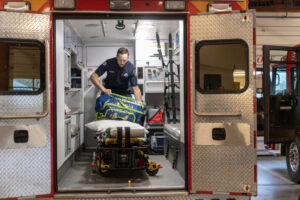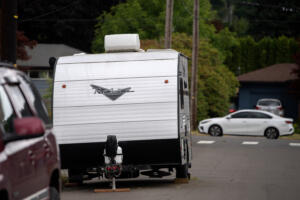Back-to-school season in Camas comes with a few noticable start-time changes this year, and Camas School District (CSD) leaders are asking morning commuters to watch out for younger students, who will be at bus stops and in school zones earlier than they may have been during previous school years.
Elementary students in most Camas schools will start an hour earlier this school year, at 8 a.m. instead of 9 a.m., and be released at 2:30 p.m. Things are slightly different at Lacamas Lake Elementary, where the school day begins at 8:15 a.m., and ends at 2:45 p.m.




